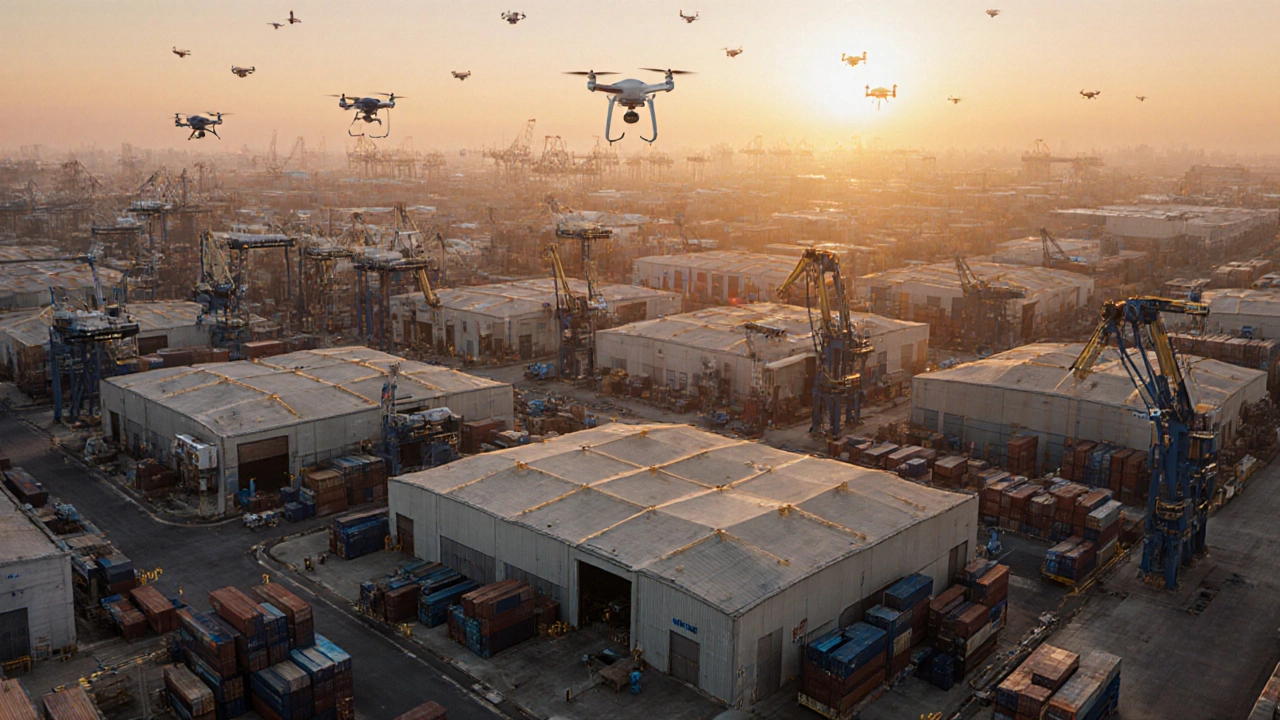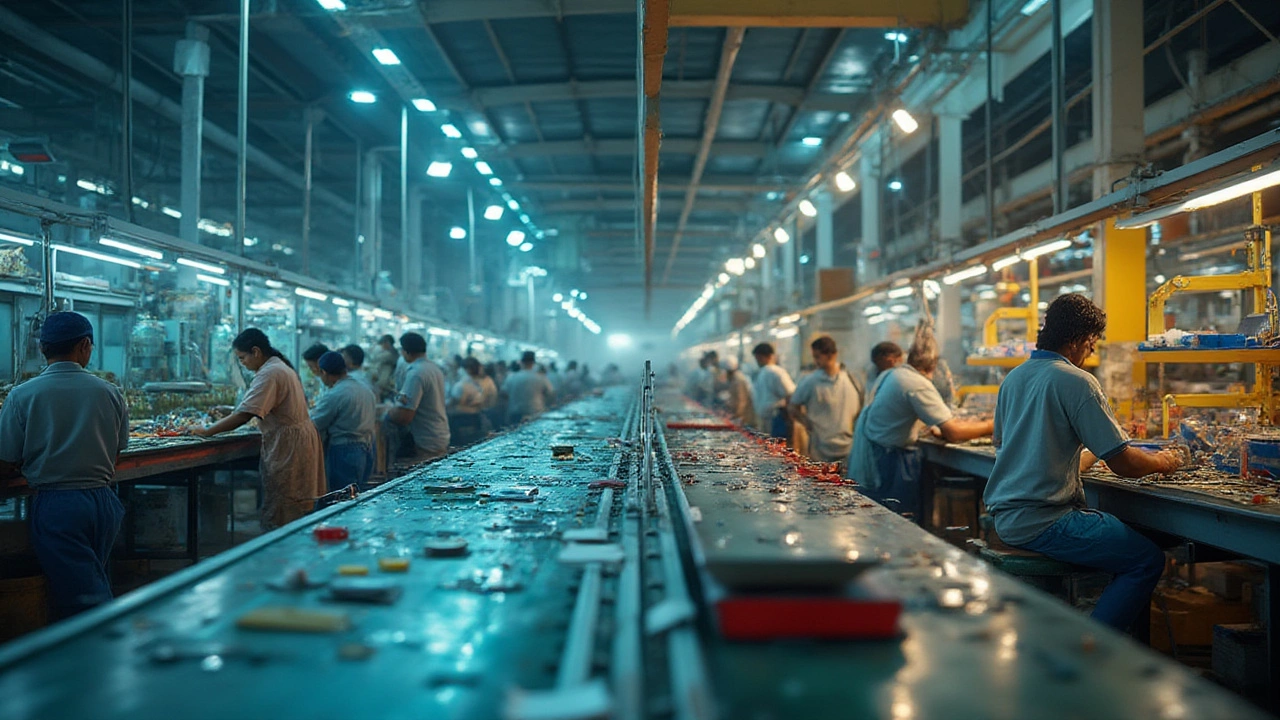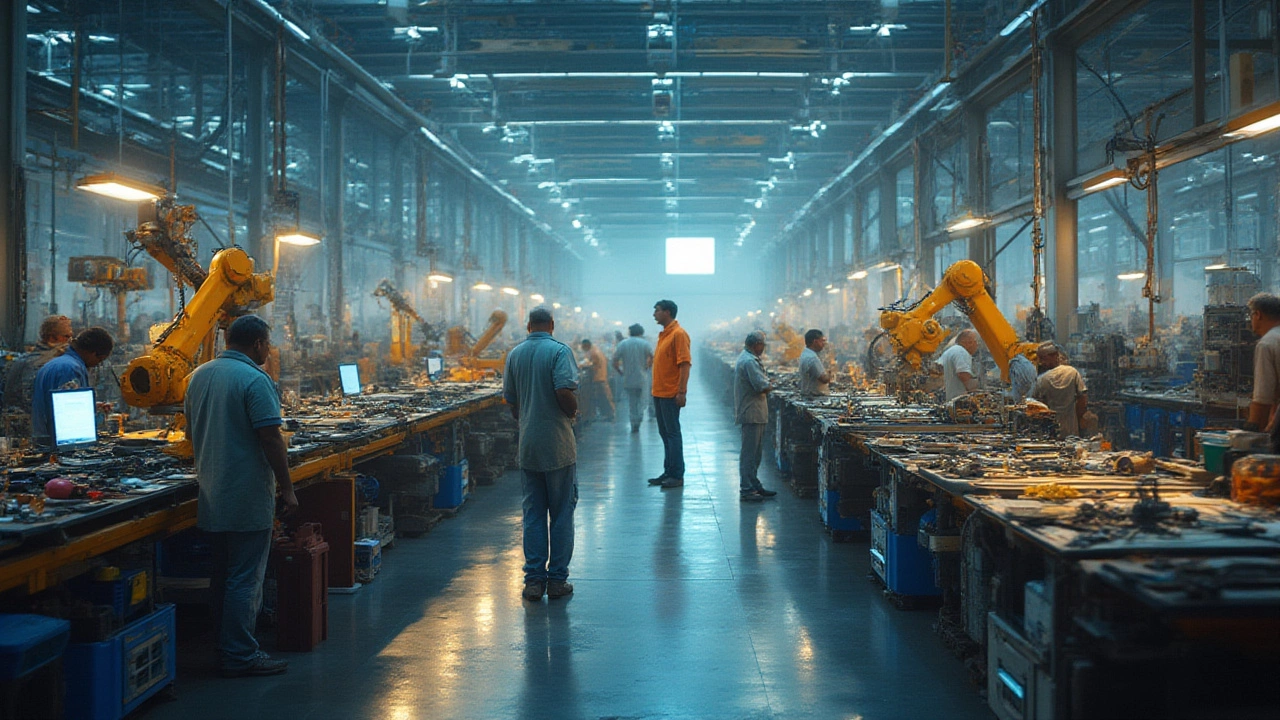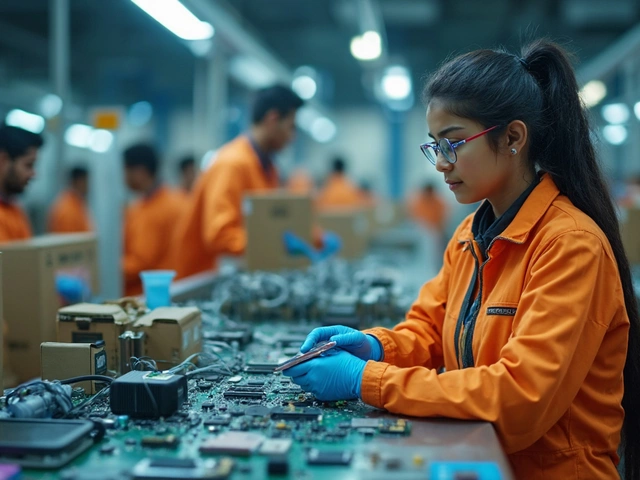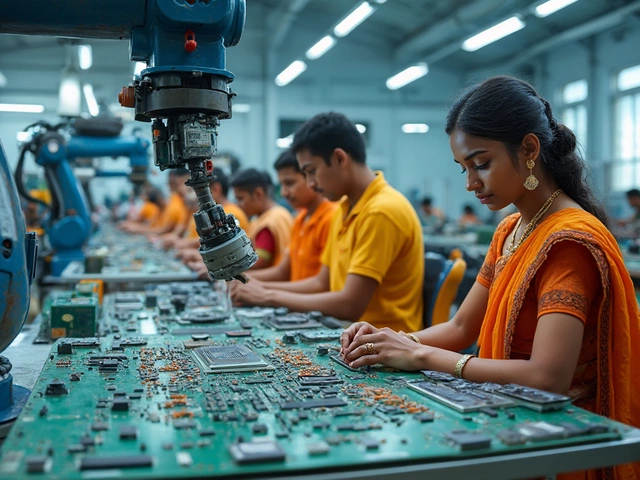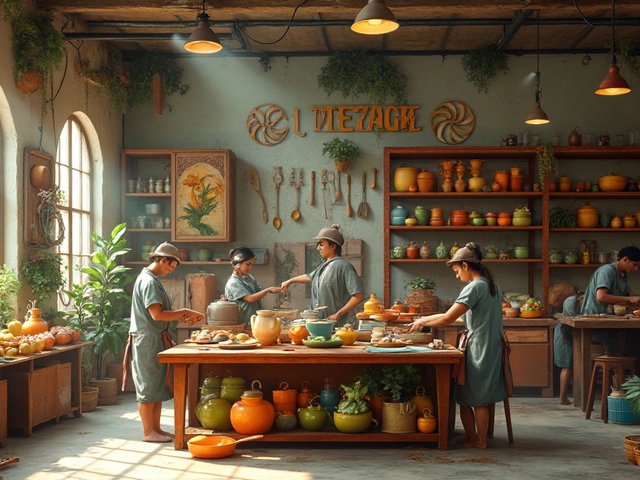Manufacturing Industry Overview
If you’re wondering why the manufacturing sector feels like a moving target, you’re not alone. New tech, shifting supply chains, and policy changes make the landscape both exciting and a bit confusing. In this guide we'll break down the biggest trends shaping 2025, explain the two core production styles, and hand you a quick playbook to pick the right strategy for your business.
Key Trends Shaping 2025
First up, sustainability is no longer a buzzword—it's a requirement. Companies are cutting energy use, adopting circular‑economy practices, and targeting zero‑waste goals. That means you’ll see more investments in heat‑recovery systems, AI‑driven waste monitoring, and eco‑friendly materials.
Second, digital twins and smart factories are becoming standard. By creating a virtual replica of a plant, managers can test changes without stopping production. The result? Faster roll‑outs, lower downtime, and better quality control.
Third, location matters more than ever. Studies of the fastest‑growing manufacturing states in India and the US show that tax incentives, skilled labor pools, and logistics hubs drive decisions. If you’re scouting a new site, compare state‑level data on incentives, energy costs, and transport links before signing anything.
Understanding Process vs Discrete Manufacturing
Most factories fall into two camps: process or discrete. Process manufacturing is all about continuous or batch production—think chemicals, food, or steel. The focus here is on maintaining steady flow, controlling variables like temperature and pressure, and minimizing batch variability.
Discrete manufacturing handles distinct items that you can count—cars, electronics, furniture. Flexibility is the name of the game. You’ll see separate workstations, line balancing, and a strong emphasis on inventory management.
Choosing the right model starts with your product. If you’re making a homogeneous liquid, process methods win. If each unit has its own serial number or configuration, you’ll need discrete processes. Many modern plants blend both—using a continuous line for sub‑components and then assembling them in a discrete line.
To make the most of either approach, adopt the 5 Ps of manufacturing: Plan, People, Process, Product, and Performance. Start with a clear production plan, train your crew, fine‑tune the process, focus on product quality, and measure performance continuously. Simple, but it keeps you from getting lost in the details.
Bottom line: stay alert to sustainability pushes, leverage digital twins, and pick the right location based on data. Then match your product to the correct manufacturing type and apply the 5 Ps. Follow these steps and you’ll be ready to grow your operation in 2025 and beyond.
